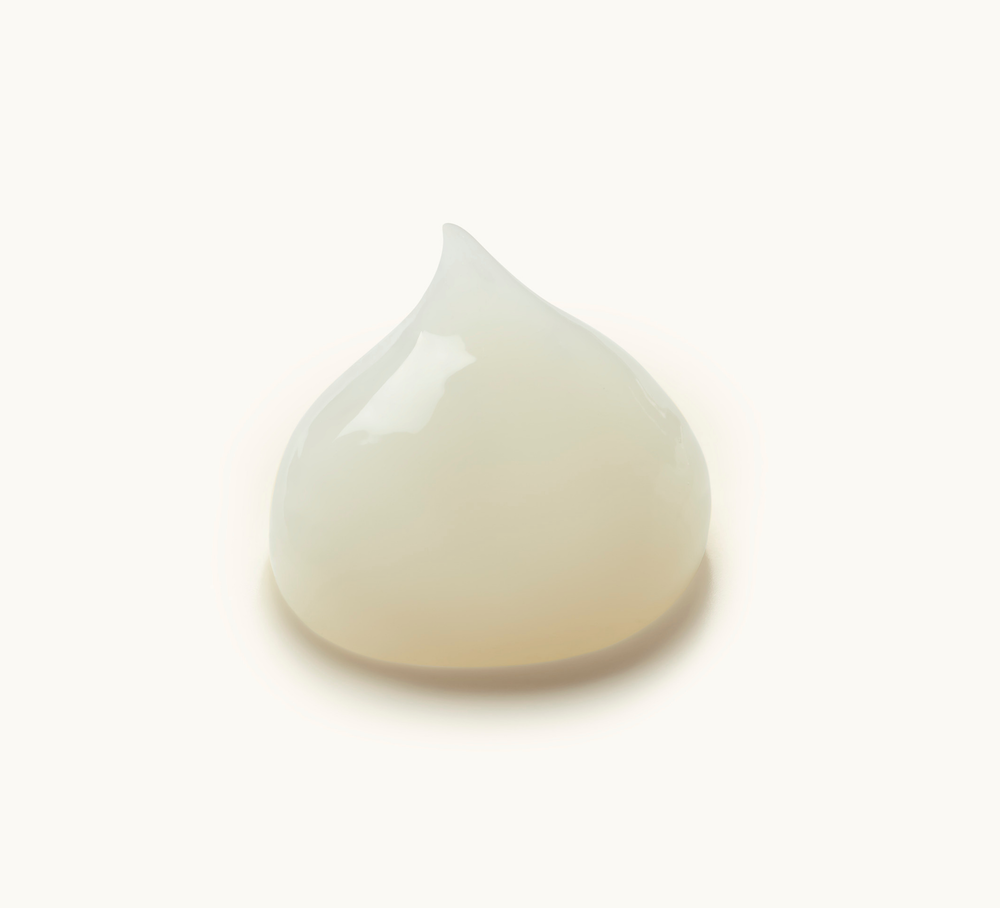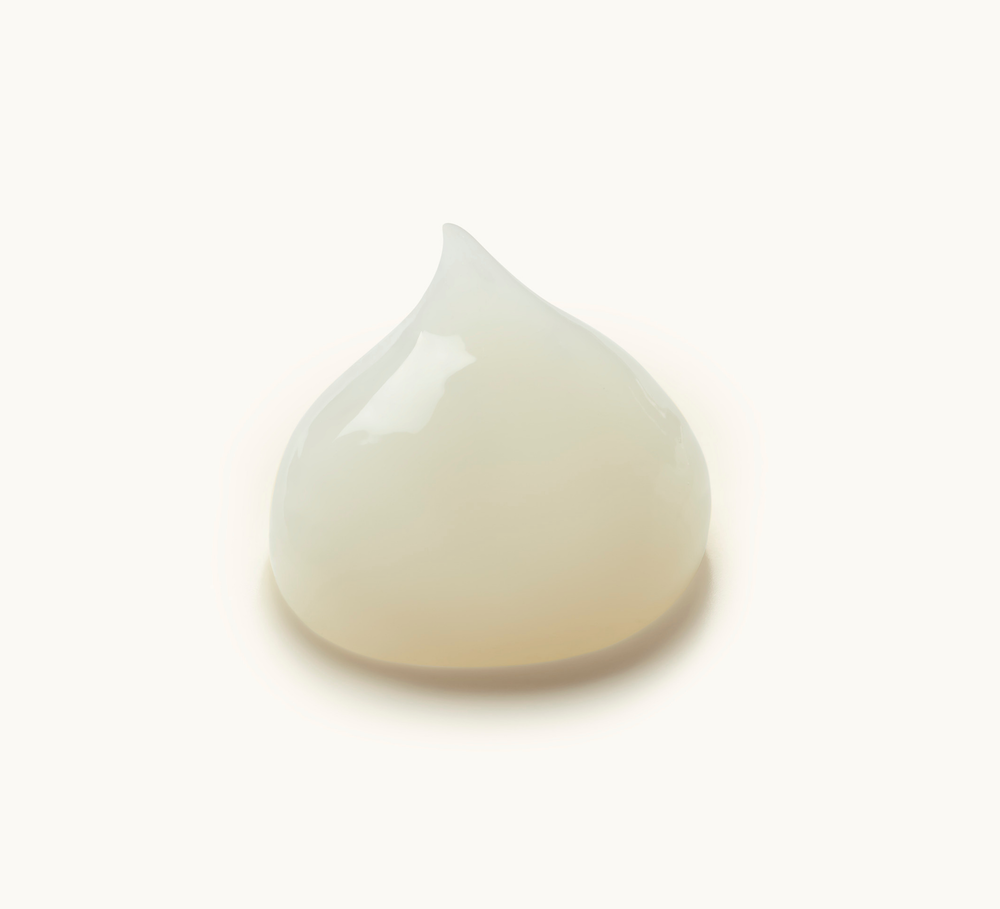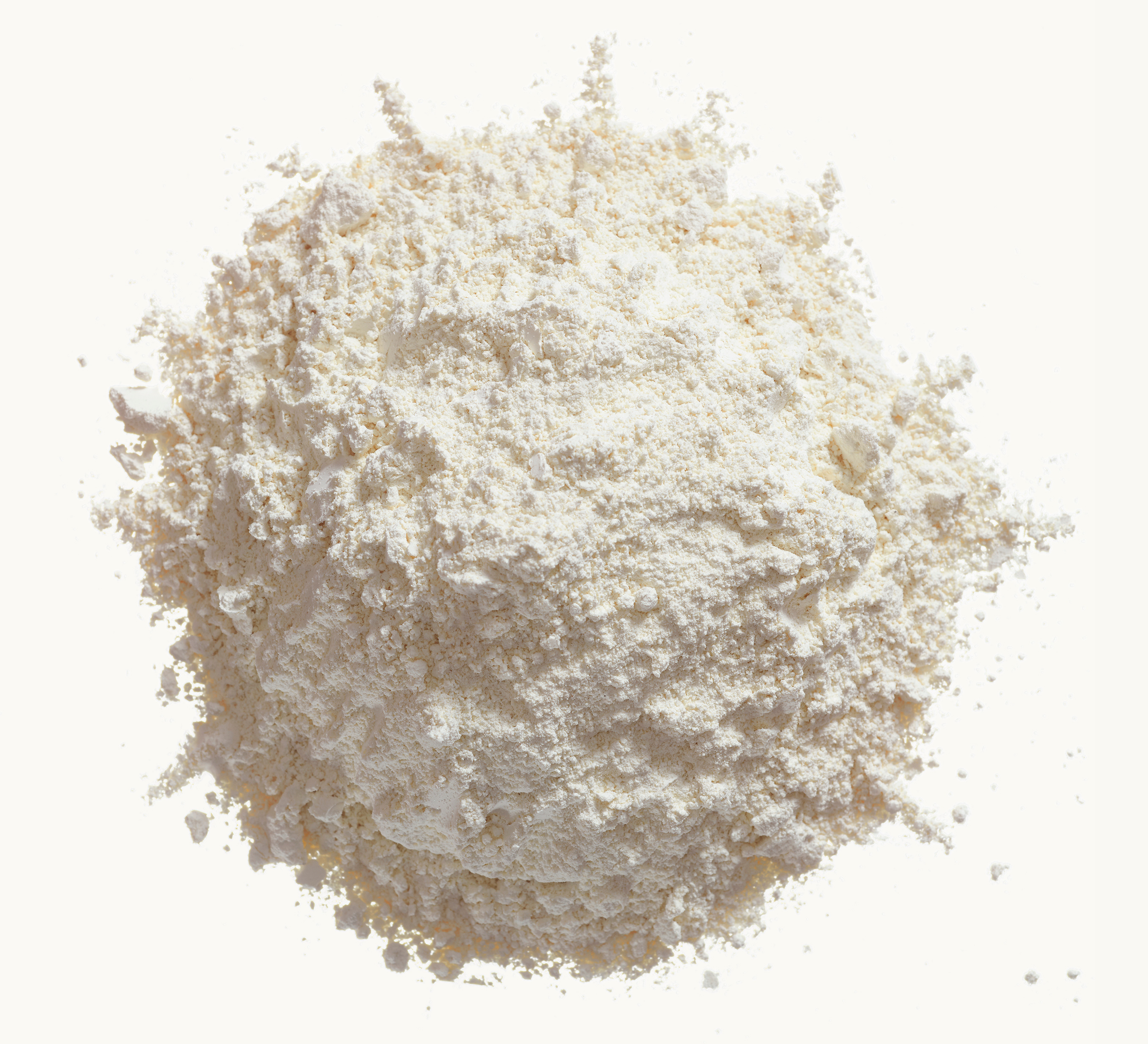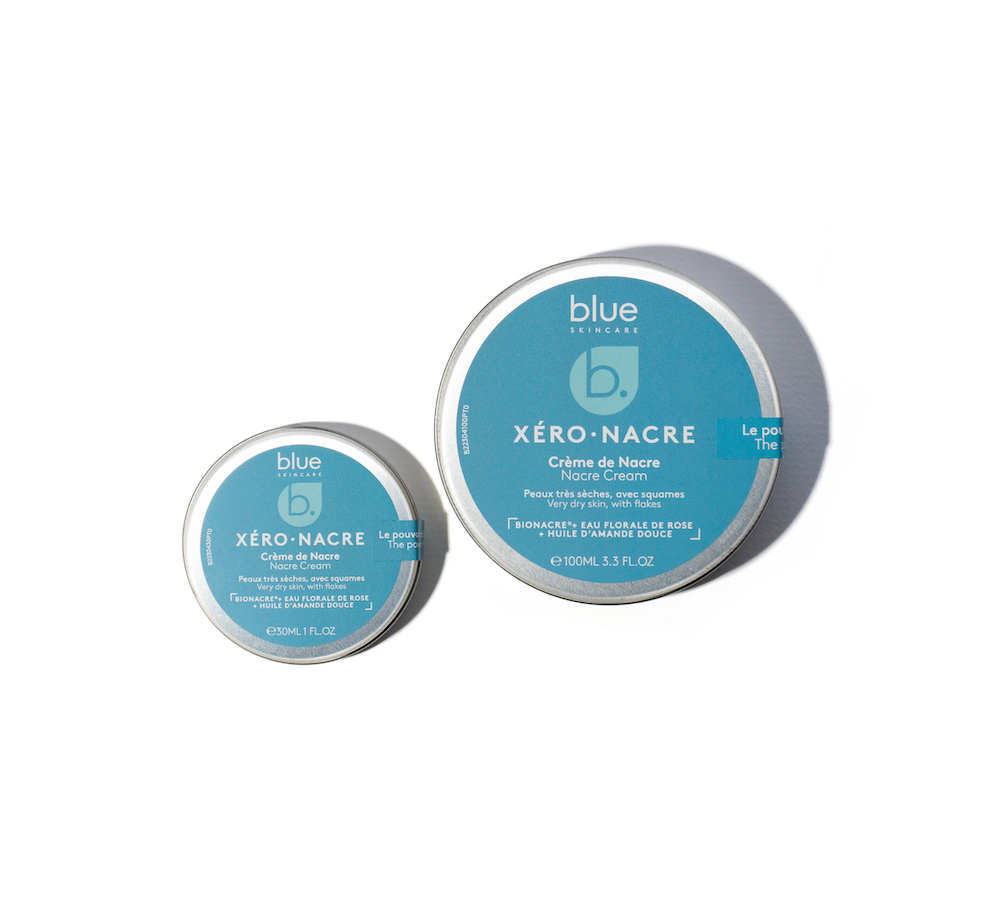The word permaculture has become more widespread in the media in recent years. It is most often associated with agriculture, but without necessarily knowing exactly what it is. So, is permaculture a virtuous agriculture? Better than organic farming? A technique for growing vegetables? A bit of all of these things at once and much more.
Permaculture is based on a basic principle: that of taking inspiration from the "mechanisms" used by nature and (trying to) reproduce them to cultivate. The idea therefore involves a close observation of what happens in natural ecosystems in terms of functioning, relationships and interactions in order to then imitate them. The word "permaculture" comes from "permanent agriculture" in English, an agriculture that uses techniques to preserve the fertility of the land, while cultivating it. By applying the principles and natural intelligence of ecosystems to agriculture, it becomes sustainable, "permanent". Inspired by a Japanese farmer, permaculture was conceptualized in the 70s by two Australians, who made it a global concept, explained in their book "Perma-Culture, a sustainable agriculture for self-sufficiency and farms of all sizes". This book is now the reference work for this discipline. However, if permaculture responds to current challenges of preserving biodiversity and respecting the virtuous circle, it also brings an interesting philosophical dimension.
The main principles of permaculture
Its founding principle: taking care of the earth, humans and fairly redistributing what has been produced. This resilient and sustainable agricultural system goes far beyond simple agricultural techniques. Permaculture includes fundamental concrete rules that apply to agriculture… or to other areas such as architecture or energy.
Its 12 essential principles:
- Observe and interact
- Capturing and storing energy
- Get a production
- Self-regulate and accept feedback
- Use and enhance renewable resources and services
- Produce no waste
- From large structures to details
- Integrate instead of separating
- Use slow, small-scale solutions
- Using and valuing diversity
- Use borders and enhance the margin
- Being creative in the face of change
Permaculture is therefore integrated into modern production techniques as long as it does not pollute, respects the soil, adapts locally by taking into account the specificities of the place, while remaining productive. Indeed, it is necessary to be efficient and the objective is to achieve abundance and sustainability. The social dimension of permaculture places it in a truly committed approach. Indeed, permaculture reviews our conception of society so that the latter respects the principles of the circular economy, solidarity and interdependence. As is the case in any natural ecosystem.
What is permaculture in concrete terms?

How to practice permaculture in the garden via a vegetable garden? We start with the charters of organic farming and the principles of agroecology, then we enrich them with the ethical principles of permaculture mentioned above. This new way of understanding crops then includes the immediate environment, permanent observation and adaptation, and an organization offering the best productivity with the lowest impact in terms of waste, trash and pollution. Concretely, the vegetable garden must be organized in order to limit energy losses for example and optimize the space as much as possible by taking into account all the parameters. We often talk about "design" in permaculture which in fact represents the organization of plant associations according to insects, soils and different spaces (shaded corners, squares of full sun, humid soils, limestone, etc.). Design in permaculture also responds to the human side. Indeed, this design places everything in the best place considering the environment, imagines an operating system that is as simple as possible and above all the least painful for humans.
Permaculture in practice
Everyone can apply the principles of permaculture on their own scale. Create your own productive vegetable garden, for example, in accordance with the environment and available resources, and which is adapted to the chosen location and to yourself! To do this, you can raise the vegetable gardens according to the principles of mounds dear to permaculture. Thus, a system of stacking different materials (wood, compost, clay, etc.) enriches the soil, drains water, promotes growth while facilitating cultivation by humans who no longer need to bend down. But how to do it?
- The first phase will be observation: What is the sunshine? What animals are present? What is their impact on which varieties (caterpillars, slugs, aphids, etc.)?
- Once the land has been marked out, prepare it and think about your plants in advance, with the help of nurserymen, taking into account the sun, using tall plants to shade the young shoots, which are more vulnerable, and placing plants with the same water needs together, for example.
- Then, complete your installation with compost, start mulching, install a rainwater collector, etc.
- And very soon you can bite into some lovely fruits and vegetables “from the garden”!
Permaculture, ethical conception and design, takes into account the ecosystem in its entirety. It is a definitively "clean" practice since it integrates all the parameters to create a global synergy, exactly as nature does spontaneously. Nature is "organized", even if it is not visible. Ecosystems are ingenious, economical and virtuous. The use of permaculture in agriculture will be more and more frequent since it advocates respect for humans and ecology.
If permaculture could be applied to all other sectors of society, we could perhaps experience reasoned, united societies that are no longer dictated by consumption and the globalized economy. As you can see, permaculture is both a philosophy that can guide farmers - budding or seasoned - but also a model of society!































